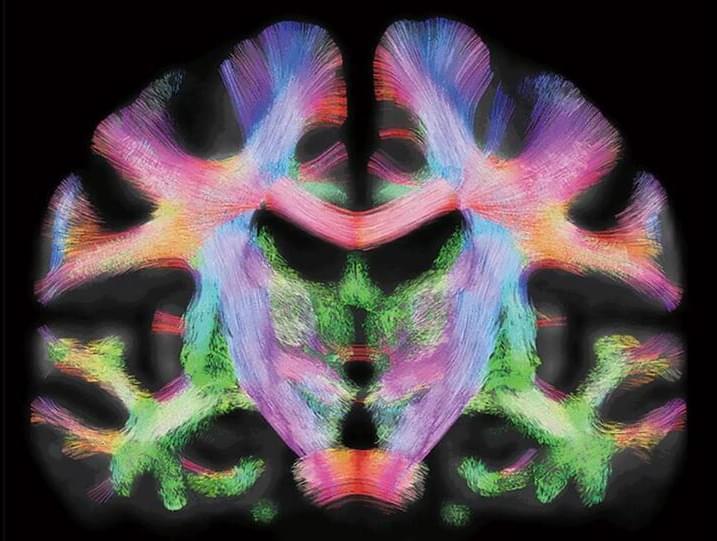Scientists from Washington University in St.
Antibody mobilizes immune cells to clear amyloid plaques, reducing behavioral abnormalities.
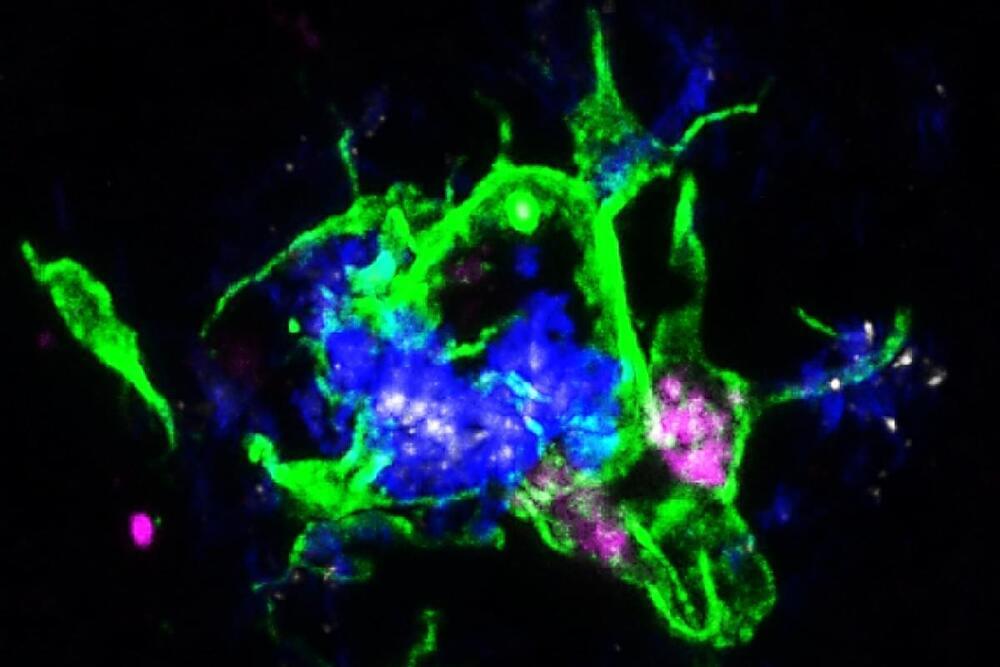

Summary: Researchers made a groundbreaking discovery about the maturation process of adult-born neurons in the brain, highlighting the critical role of mitochondrial fusion in these cells. Their study shows that as neurons develop, their mitochondria undergo dynamic changes that are crucial for the neurons’ ability to form and refine connections, supporting synaptic plasticity in the adult hippocampus.
This insight, which correlates altered neurogenesis with neurological disorders, opens new avenues for understanding and potentially treating conditions like Alzheimer’s and Parkinson’s by targeting mitochondrial dynamics to enhance brain repair and cognitive functions.
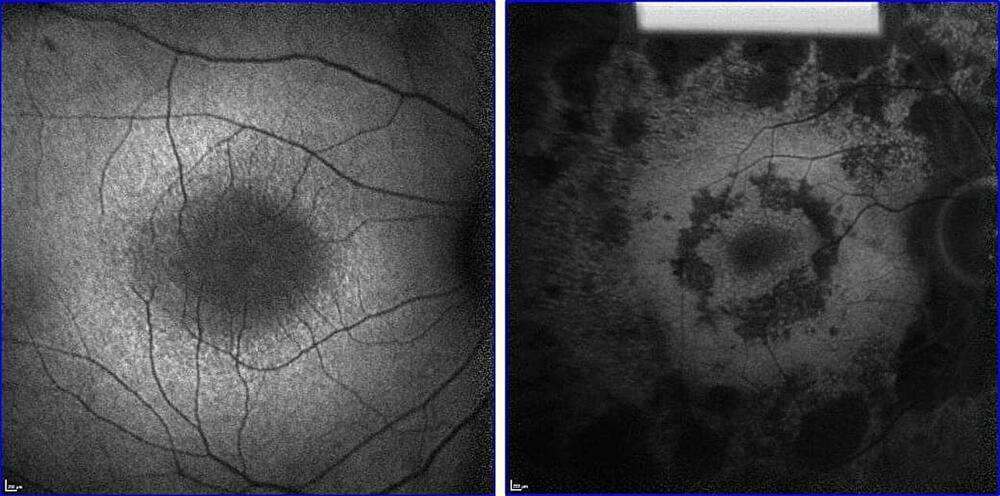
Gene therapy may be the best hope for curing retinitis pigmentosa (RP), an inherited condition that usually leads to severe vision loss and blinds 1.5 million people worldwide.
But there’s a huge obstacle: RP can be caused by mutations in over 80 different genes. To treat most RP patients with gene therapy, researchers would have to create a therapy for each gene—a nearly impractical task using current gene therapy strategies.
A more universal treatment may be forthcoming. Using CRISPR-based genome engineering, scientists at Columbia University Vagelos College of Physicians and Surgeons are designing a gene therapy with the potential to treat RP patients regardless of the underlying genetic defect.

Weill Cornell Medicine scientists have developed an innovative human neuron model that robustly simulates the spread of tau protein aggregates in the brain—a process that drives cognitive decline in Alzheimer’s disease and frontotemporal dementia. This new model has led to the identification of novel therapeutic targets that could potentially block tau spread.
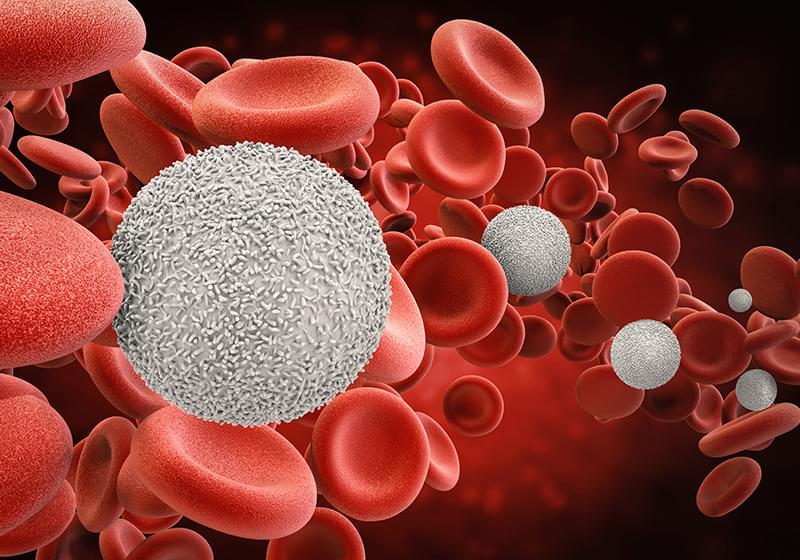

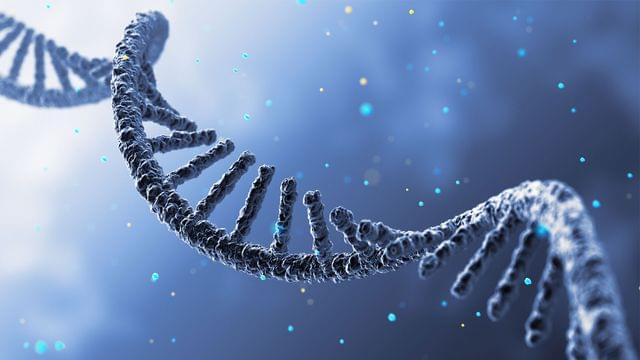
Certain RNA molecules in the nerve cells in the brain last a life time without being renewed. Neuroscientists from Friedrich-Alexander-Universität Erlangen-Nürnberg (FAU) have now demonstrated that this is the case together with researchers from Germany, Austria and the USA. RNAs are generally short-lived molecules that are constantly reconstructed to adjust to environmental conditions. With their findings that have now been published in the journal Science, the research group hopes to decipher the complex aging process of the brain and gain a better understanding of related degenerative diseases.
Most cells in the human body are regularly renewed, thereby retaining their vitality. However, there are exceptions: the heart, the pancreas and the brain consist of cells that do not renew throughout the whole lifespan, and yet still have to remain in full working order. “Aging neurons are an important risk factor for neurodegenerative illnesses such as Alzheimer’s,” says Prof. Dr. Tomohisa Toda, Professor of Neural Epigenomics at FAU and at the Max Planck Center for Physics and Medicine in Erlangen. “A basic understanding of the aging process and which key components are involved in maintaining cell function is crucial for effective treatment concepts:”
In a joint study conducted together with neuroscientists from Dresden, La Jolla (USA) and Klosterneuburg (Austria), the working group led by Toda has now identified a key component of brain aging: the researchers were able to demonstrate for the first time that certain types of ribonucleic acid (RNA) that protect genetic material exist just as long as the neurons themselves. “This is surprising, as unlike DNA, which as a rule never changes, most RNA molecules are extremely short-lived and are constantly being exchanged,” Toda explains.

The Food and Drug Administration has approved a blood test to detect concussion that produces results in minutes rather than hours — a breakthrough that could help expedite treatment for service members with traumatic brain injuries, according to the U.S. Army and Abbott Laboratories, the…
Read Next: New Cold-Assignment Incentive Pay Coming for Airmen and Guardians at 7 Bases
“This can help get the most severely injured service members to neurosurgeons faster and ultimately save lives,” Lt. Col. Bradley Dengler, neurosurgical consultant to the U.S. Army Office of the Surgeon General, said in a release.
The test was developed by Abbott with the U.S. Army Medical Materiel Development Activity, part of U.S. Army Medical Research and Development Command. It measures the levels of two head injury biomarkers — glial fibrillary acidic protein and ubiquitin carboxyl-terminal hydrolase — in a blood sample, with results produced bedside within 15 minutes.
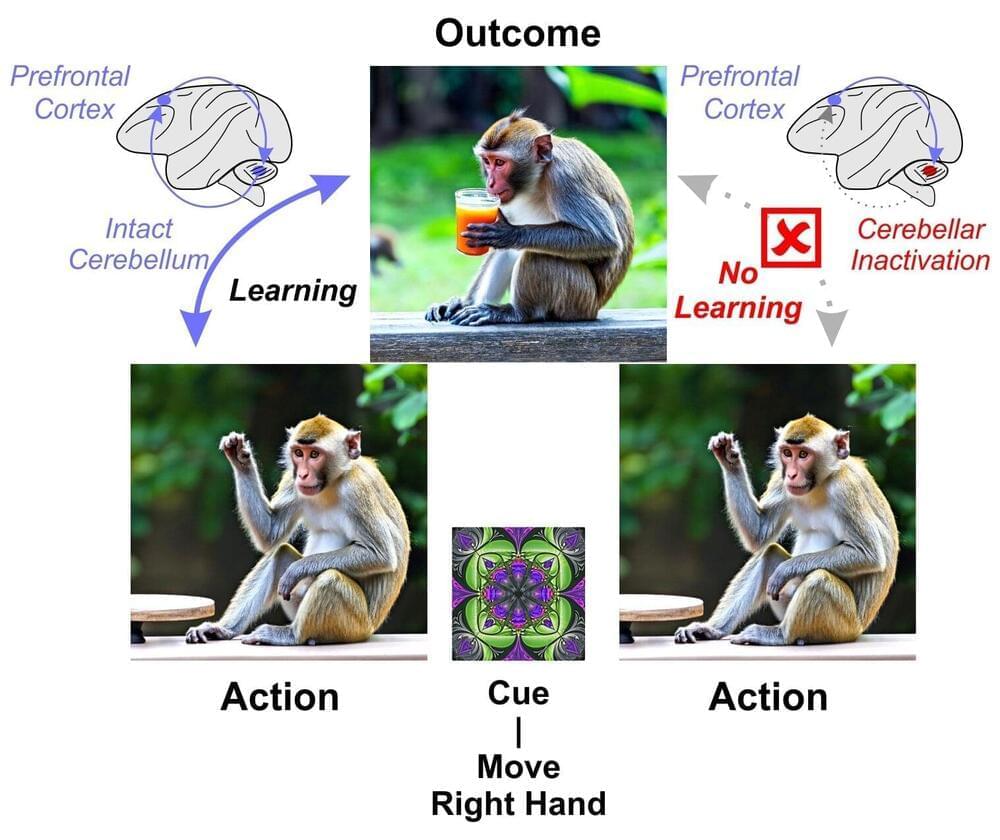
If you reward a monkey with some juice, it will learn which hand to move in response to a specific visual cue—but only if the cerebellum is functioning properly. So say neuroscientists at the University of Pittsburgh School of Medicine and Columbia University, who recently published findings in Nature Communications that show the brain region plays a crucial role in reward-based learning.
